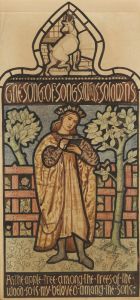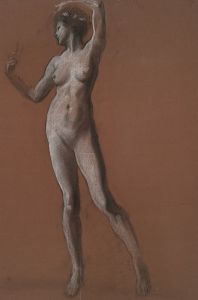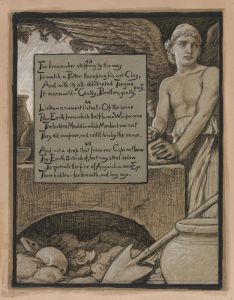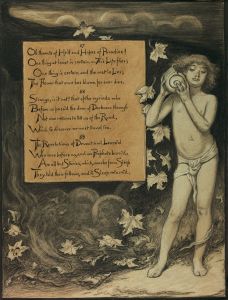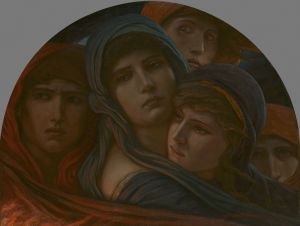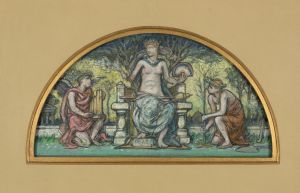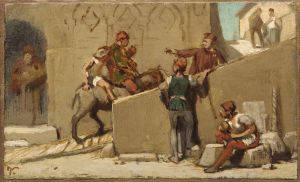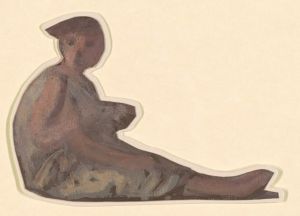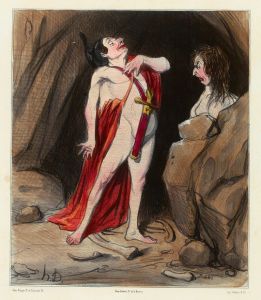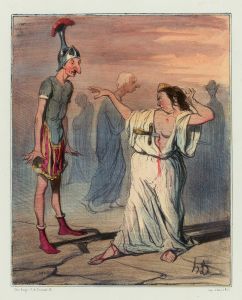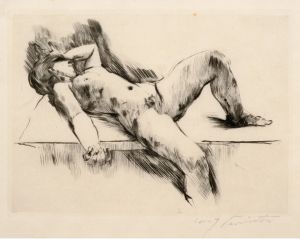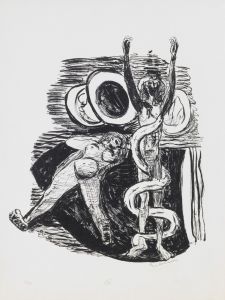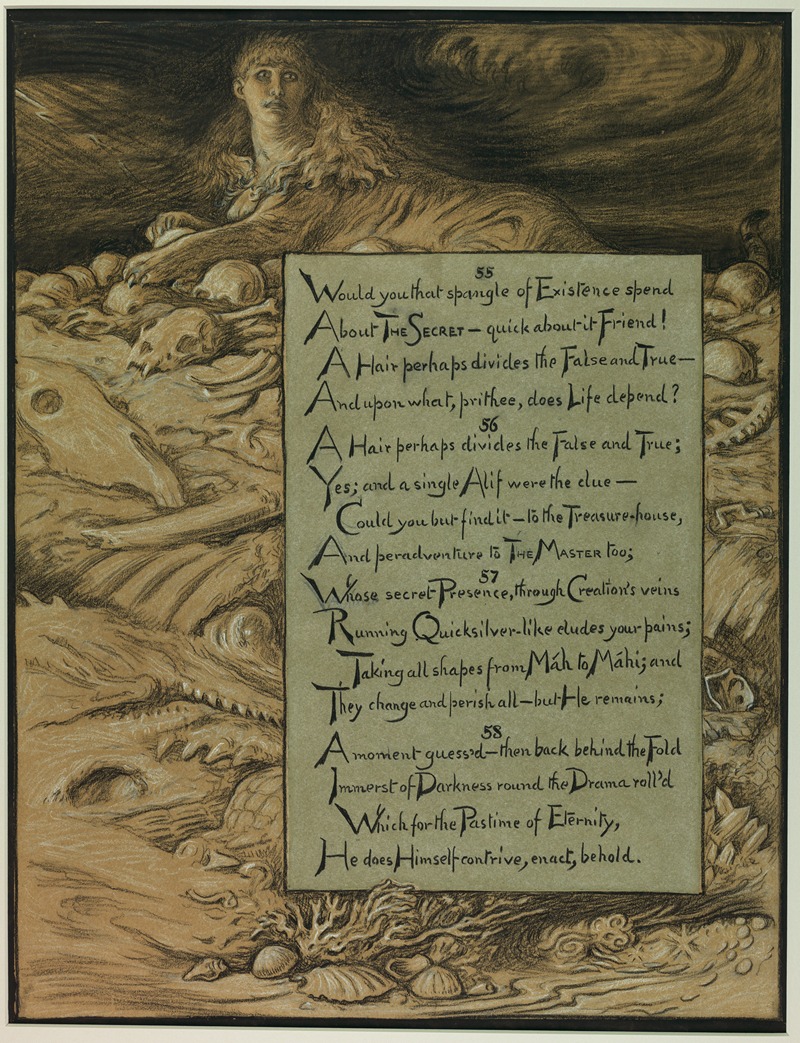
The Inevitable Fate
A hand-painted replica of Elihu Vedder’s masterpiece The Inevitable Fate, meticulously crafted by professional artists to capture the true essence of the original. Each piece is created with museum-quality canvas and rare mineral pigments, carefully painted by experienced artists with delicate brushstrokes and rich, layered colors to perfectly recreate the texture of the original artwork. Unlike machine-printed reproductions, this hand-painted version brings the painting to life, infused with the artist’s emotions and skill in every stroke. Whether for personal collection or home decoration, it instantly elevates the artistic atmosphere of any space.
"The Inevitable Fate" is a painting by the American artist Elihu Vedder, created in 1881. Elihu Vedder (1836-1923) was known for his allegorical and mystical works, often drawing inspiration from literature, mythology, and his own philosophical contemplations. Vedder was part of the American expatriate community in Rome, where he spent much of his career.
"The Inevitable Fate" is an oil on canvas painting that measures approximately 24 x 36 inches. The work is a striking example of Vedder's interest in themes of destiny and the human condition. The painting depicts a dramatic scene with a central figure, often interpreted as a representation of fate or destiny, holding a pair of scales. The figure is surrounded by a dark, tumultuous background, which adds to the sense of foreboding and inevitability suggested by the title.
Vedder's use of symbolism in "The Inevitable Fate" is characteristic of his broader body of work. The scales held by the central figure are a traditional symbol of justice and balance, but in the context of this painting, they may also represent the weighing of human souls or the inescapable judgment that all individuals must face. The dark and stormy background further emphasizes the themes of uncertainty and the uncontrollable forces that shape human lives.
The painting reflects Vedder's fascination with the philosophical and existential questions that preoccupied many artists and thinkers of the 19th century. His work often explored the tension between human free will and the deterministic forces of fate, a theme that resonated with the broader cultural and intellectual currents of his time.
"The Inevitable Fate" is part of the collection of the Smithsonian American Art Museum in Washington, D.C. The museum acquired the painting as part of its mission to preserve and showcase significant works of American art. The painting remains an important example of Vedder's contribution to American art and his unique approach to allegorical and symbolic subject matter.
Elihu Vedder's work, including "The Inevitable Fate," continues to be studied and appreciated for its depth and complexity. His ability to convey profound philosophical ideas through visual art has earned him a lasting place in the history of American painting. The painting is often discussed in the context of Vedder's broader oeuvre, which includes other notable works such as his illustrations for Edward FitzGerald's translation of "The Rubaiyat of Omar Khayyam," a project that further cemented his reputation as a master of allegory and symbolism.
In summary, "The Inevitable Fate" by Elihu Vedder is a significant work that encapsulates the artist's preoccupation with themes of destiny, justice, and the human condition. Its inclusion in the Smithsonian American Art Museum's collection ensures that it remains accessible to the public and continues to be a subject of scholarly interest and admiration.





